A relay is the most important device in an electrical circuit. Be it a small PLC panel to a large PCC panel, relays are found in almost every panel. In today’s times, it is virtually impossible to design a circuit without this device.
But many do not know there are a vast variety of relays available for use. Choosing the right one is necessary for your industrial application. In this post, we will see the various types of industrial relays.
What is a Relay?
A relay is an electrical device that is used to automatically switch (ON/OFF) itself when triggered, and pass current to another path. When it is off, it will pass current to some other part or may not pass current at all (as per our requirement).
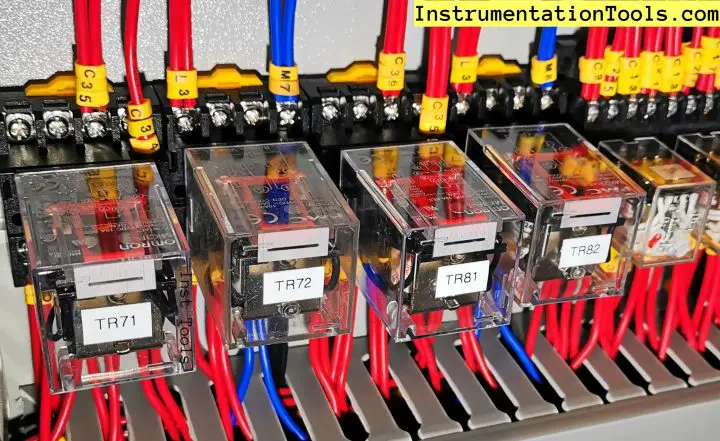
Basically, a very standard relay will have five terminals – positive power supply, negative power supply, output common, output normally open (NO) and output normally closed (NC).
When the power supply is not given to the relay, the terminals NC and common will be connected with each other. When power supply is given to the relay, the terminals NO and common will be connected with each other. This switching takes place instantaneously and automatically based on the power supply given.
So, the output of the relay can either be open or closed. Depending on what you are connecting to the three output terminals, the current will either flow or not flow based on the design. So, it plays a very important role in electrical circuits.
Types of Relays
The main types of relays are as follows:
- Electromechanical Relay,
- Overload Relay,
- Timer Relay,
- Solid State Relay,
- Latching Relay,
- Safety Relay,
- Ground Fault Relay
Electromechanical Relay
Relays were started with the use of this type. As the name implies, an Electromechanical Relay is a relay that employs electromagnetic field theory. Electromechanical Relay has a magnetic coil which when excited, generates an electromagnetic field around it and induces current in the circuit.
This magnetic coil then moves a contact due to this action (it attracts the armature of the moving contact). When the current is removed, the coil again moves back the contact to its original position.
The main demerit of the electromechanical relay is that the magnets can produce arcs inside the circuit if it is switched frequently or if the current in the output circuit is larger. This can many times damage the internal circuitry of the relay.
Overload Relay
Unlike traditional relays which change the output circuit based on the power supply given, Overload relay changes its output circuit based on the temperature of the coil inside.
The Overload relay passes the input current circuit to the output circuit as it is if the temperature inside the coil is within the limits. When the current exceeds a certain rating for a long time, then the coil inside starts to heat up.
After overheating, the coil inside will shut down the operation and open the circuit. Due to this, the input current will not be passed to the output circuit. To again bring it to normalcy, a trip reset button is given which is to be pressed. This will again start the circuit flow.
The relay has auxiliary contacts in it – NO and NC, which open or close based on the temperature operation as discussed.
Timer Relay
Timer relay is an extension of electromechanical relays, in the sense that it employs a timer inside for switching the circuit.
The delay can be ON-type or OFF-type, similar to that found in PLC programming. This allows for a controlled current flow in the circuit mostly after a delay or turning off the circuit after a delay.
Solid State Relay
Solid State Relay operates the same way as an electromechanical relay; the only difference is that it uses a semiconductor for switching. As semiconductors are fast in operation, the circuit can be opened or closed at any frequency. This allows for a fast-switching operation, without the fear of any damage to the internal circuits.
The main disadvantage is that semiconductors dissipate a large amount of heat during operation, and that needs to be controlled or else the relay will fail after a period of time.
Latching Relay
The Latching Relay functions the same way as the set-reset coil in PLC programming. The relay, when energized, closes the circuit and even if the power supply is removed, it will remain in a latched ON state.
To turn it OFF, a power supply pulse has to be given in its off terminals. This will unlatch the coil and open the circuit again. The biggest advantage is that it does not require a continuous power supply for operation; just a pulse and your circuit will either remain open or close.
Safety Relay
Safety Relay is the most advanced category of relays used in industries. As the name says, Safety Relay is used in critical applications where safety is a must. Safety Relay has special features like – detecting internal contact failure and then closing the circuit, detecting a fault at the input circuit, short circuits, wire breaks, etc.
Choosing a safety relay requires a sound knowledge of risk assessment factors and technology. ISO 12100 is normally used for this.
Ground Fault Relay
As the name says, the Ground fault relay has the function of tripping a circuit when it detects any ground current leakage. Ground fault relay is typically used in large-scale electrical systems where leakage current is not acceptable and can prove dangerous for nearby environments. This prevents humans from electric shock due to earth leakage current.
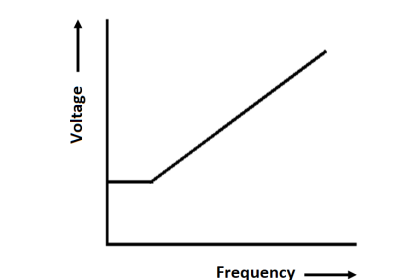
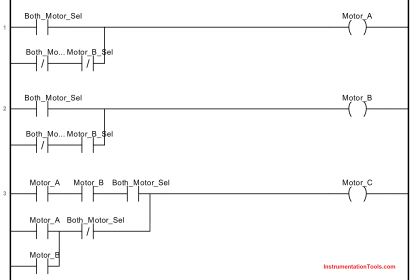
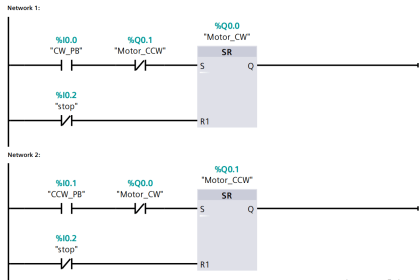

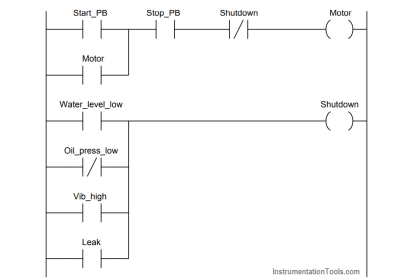


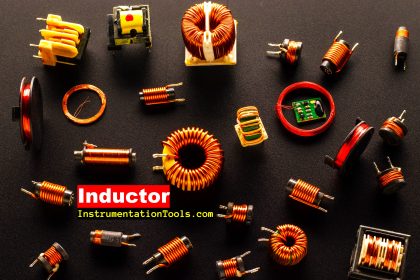


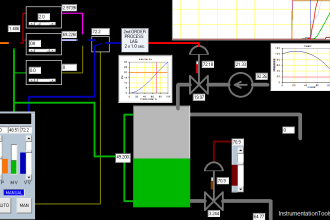
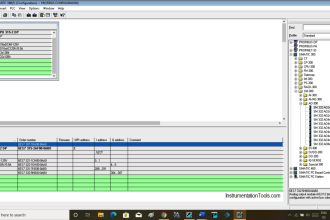
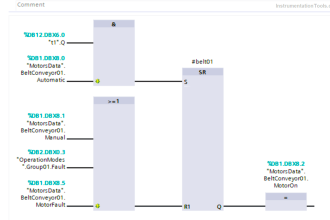




many thanks, but Ithink it will be better if you use some photos or drawings to help us .
Please include some protective relays used in power systems engineering
The relay shown in Fig. 1.1a is made from infinitely-permeable magnetic material with a
movable plunger, also of infinitely-permeable material. The height of the plunger is much
greater than the air-gap length (h >> g). Calculate the magnetic stored energy Wfld as a
function of plunger position (0 < x < d) for N = 1000 turns, g = 2.0 mm, d = 0.15 m,
L= 0.1 m, and i = 10 A